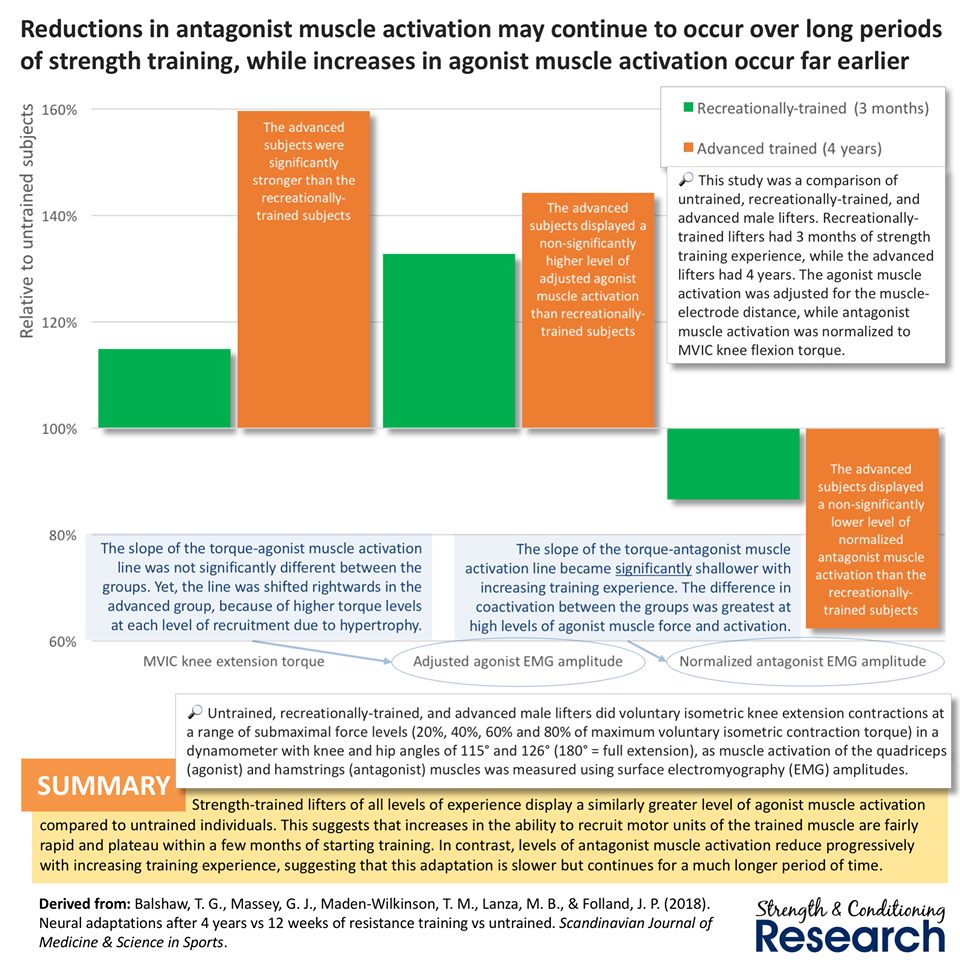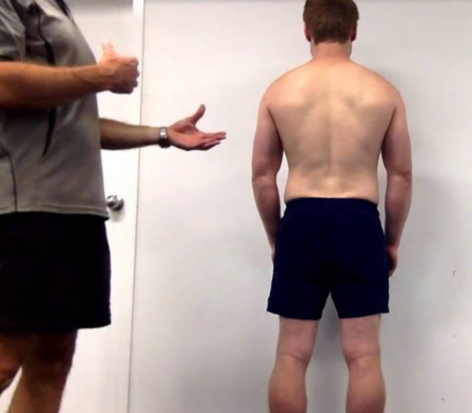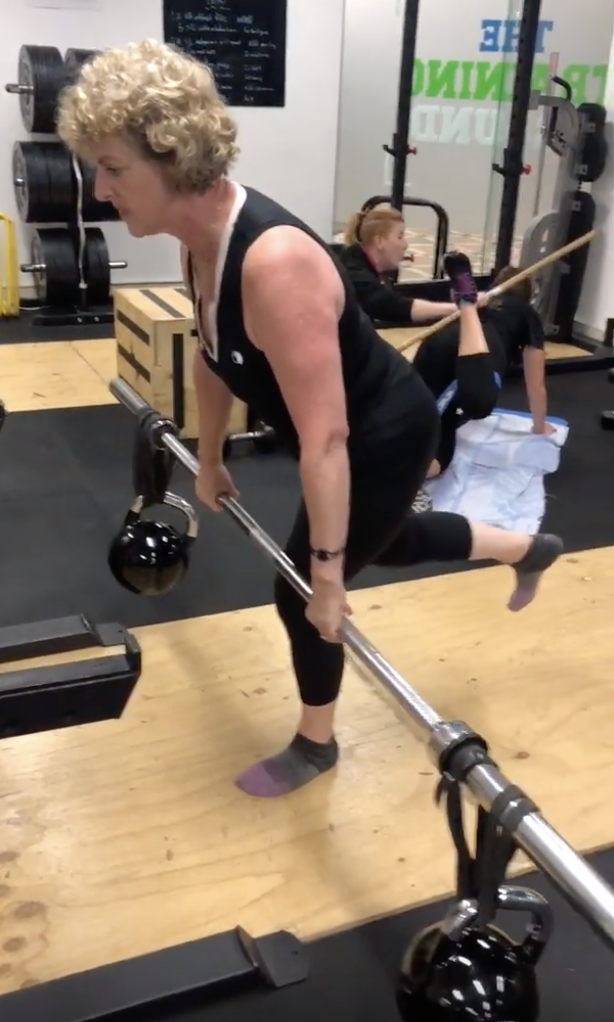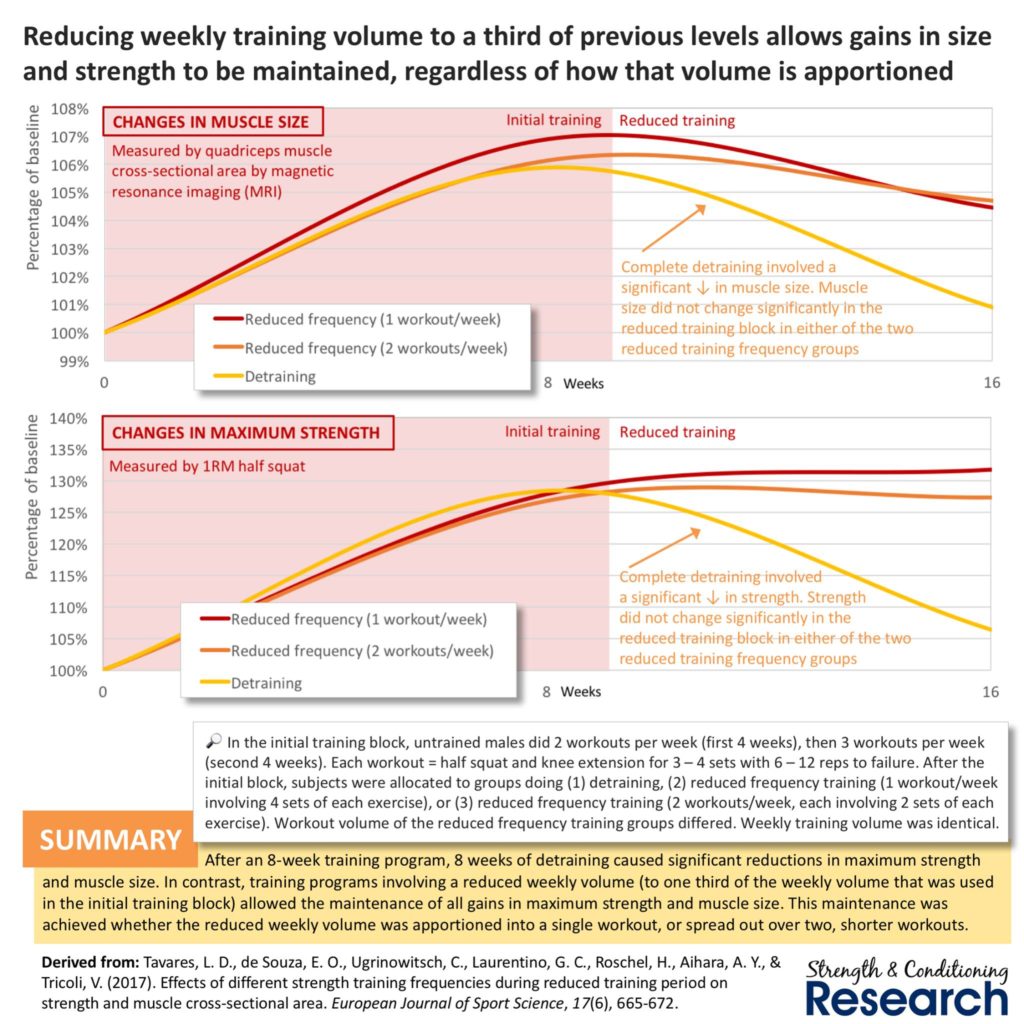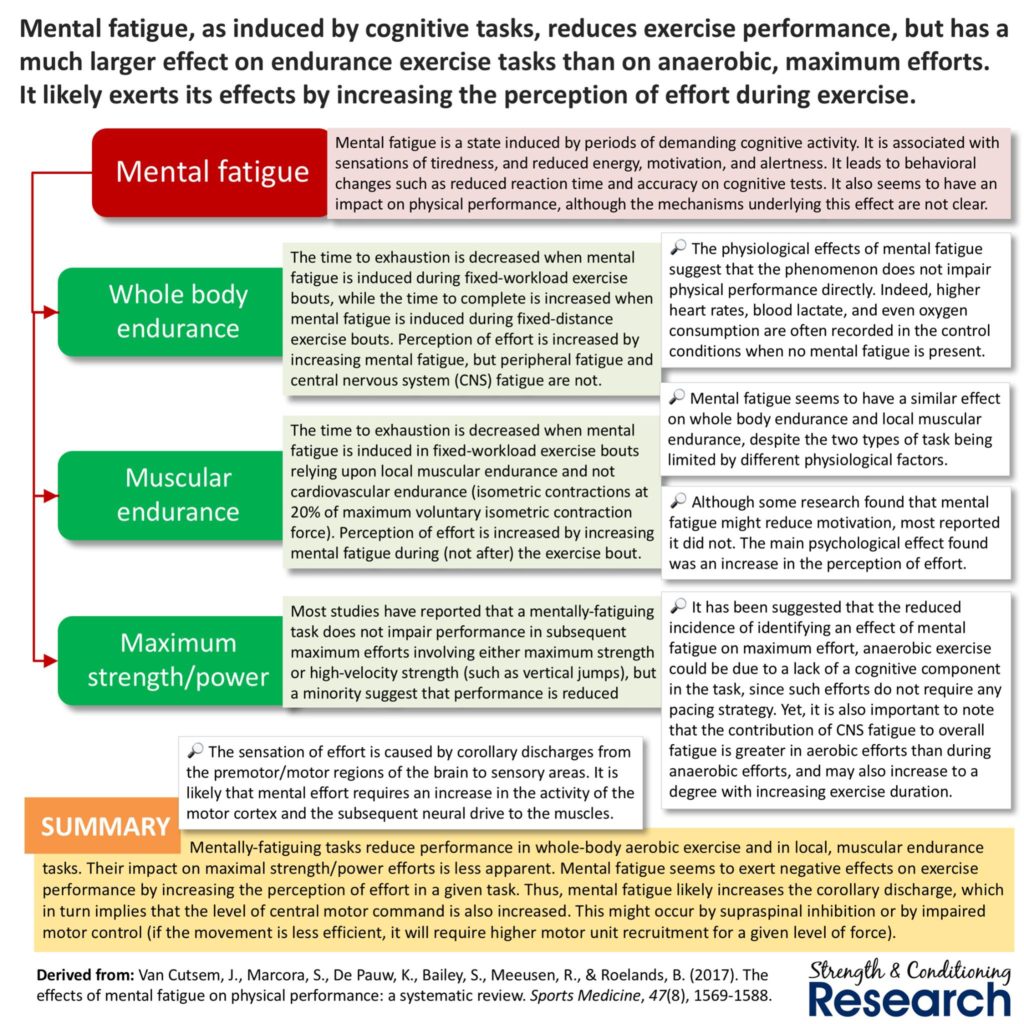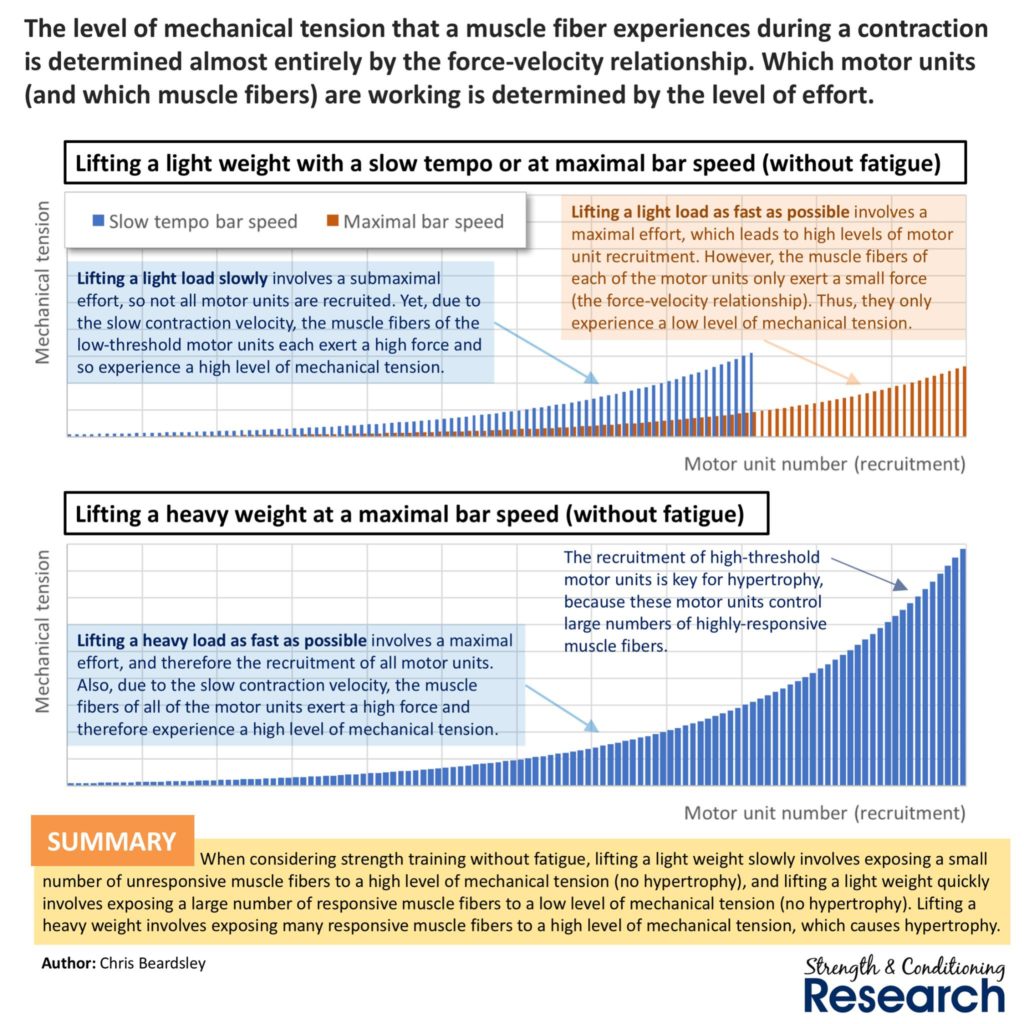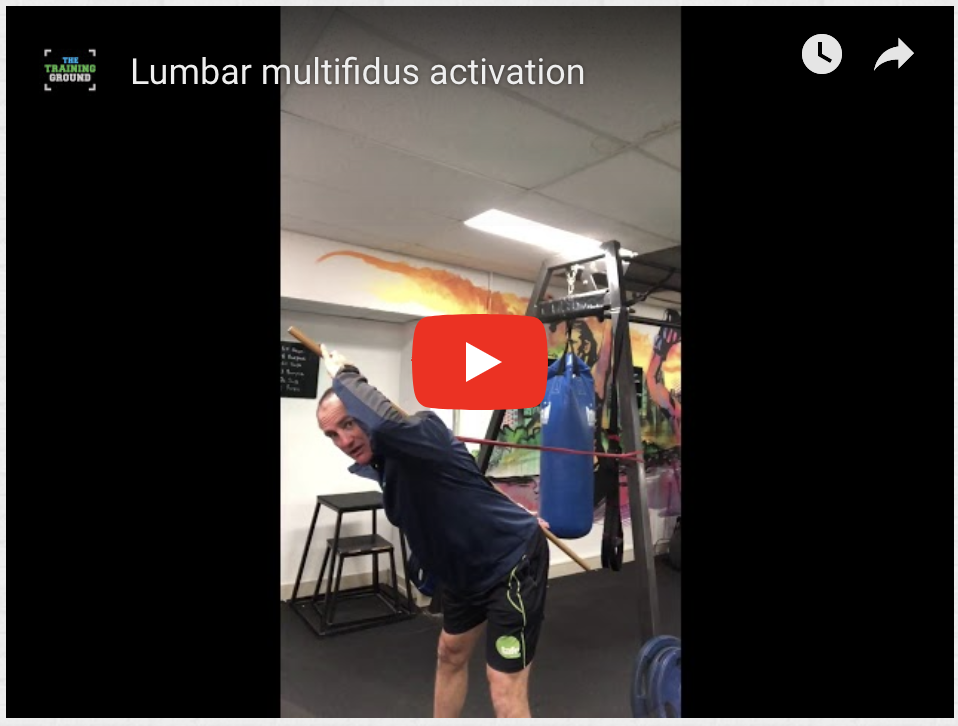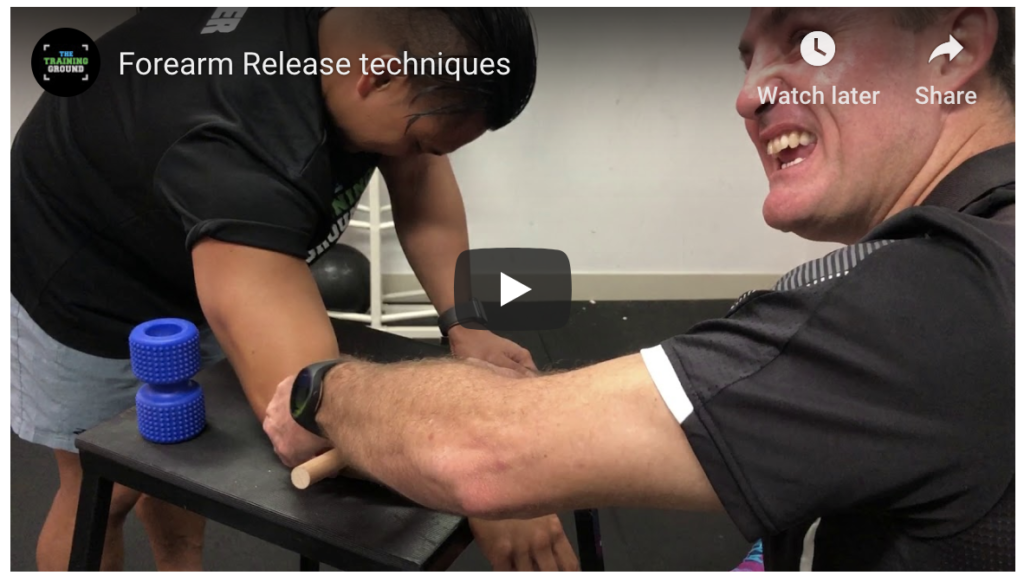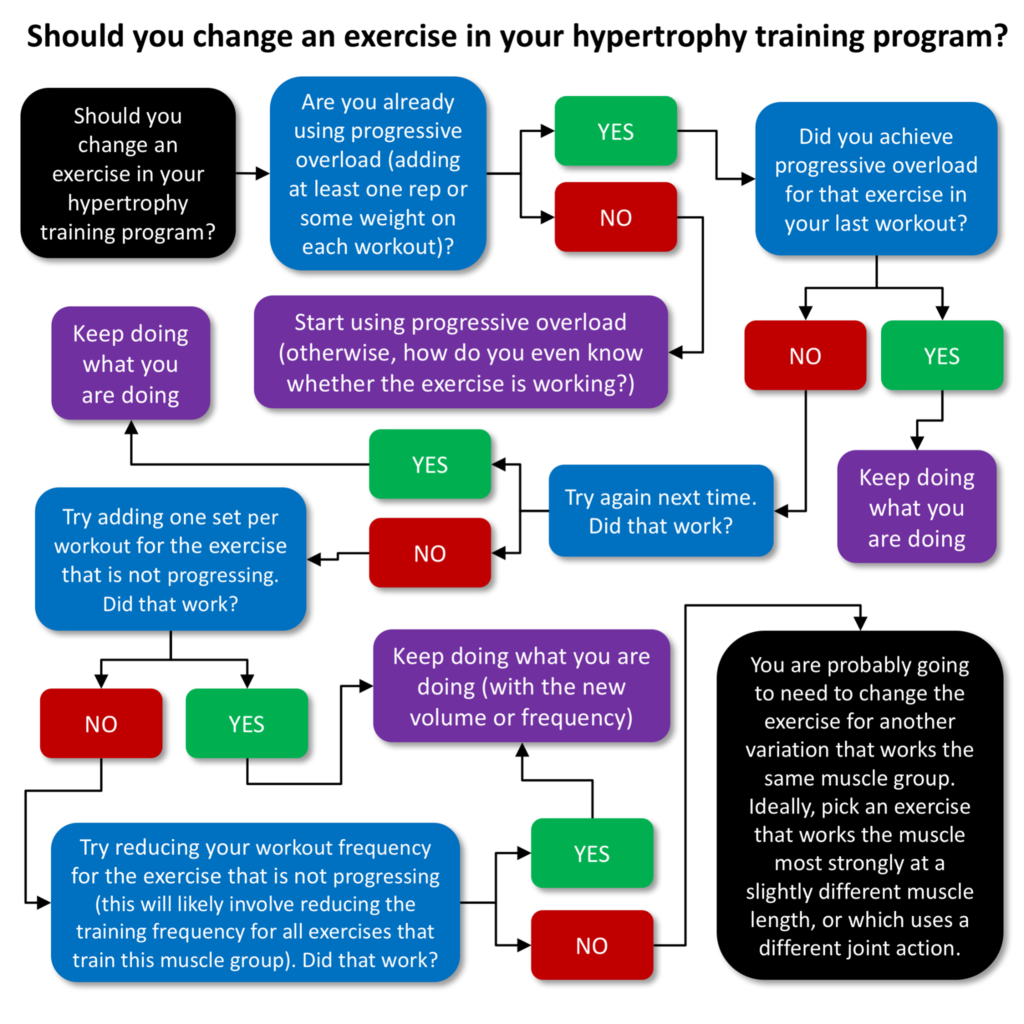This fortnight I have included an article titled ‘Which Patients With Low Back Pain Benefit From Deadlift Training?‘ which comes from the Journal of Strength & Conditioning Research.
In the study 35 participants performed deadlift training under the supervision of a physical therapist with powerlifting experience for 8 weeks.
Results showed that participants with less disability, less pain intensity, and higher performance on the Biering-Sørensen test, which tests the endurance of hip and back extensor muscles, at baseline benefit from deadlift training.
Therefore, when using the deadlift as a rehabilitative exercise for individuals with mechanical low back pain, it is important to ensure that clients have sufficient back extensor strength and endurance and a sufficiently low pain intensity level to benefit from training involving the deadlift exercise.
Click the link below to download and let me know what you think!
Exercise profile – Jefferson curl + ab wheel rollouts
Here is a mobility + activation sequence that I use to manage my low back pain.

If you are interested in learning more about muscle imbalances like this, click the button below to check out our Rehab Express course.
Infographic – erector spinae activation increases when adding bands to deadlifts

This interesting study found that the proportional contribution of the spinal erectors was increased when applying bands from above in the deadlift, with the same relative load. Yet, the contributions of the other muscles were similar.
Learning Lab Launches
I have launched my searchable database that includes a whole bunch of resources such as exercise videos, articles, programs & much more.
If you are keen to subscribe for just $8/month head to the Sport-e-coach shop.




